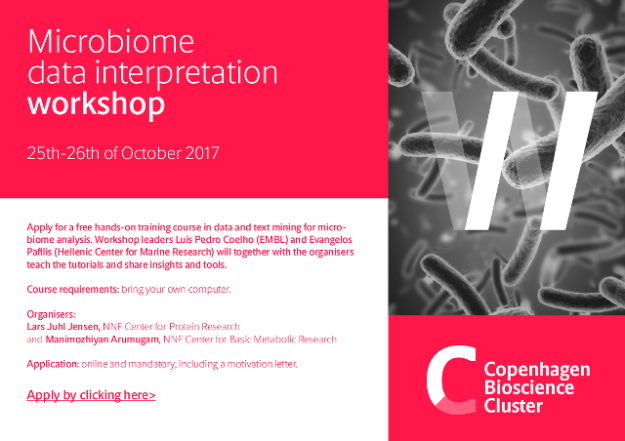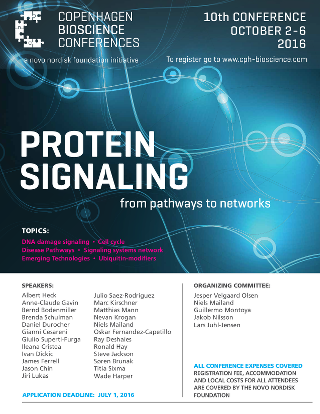People who know me can attest: I travel a lot. Over the past 12 months, I have done one return trip to Australia, two to Asia, five to the US, and more than ten within Europe.
By now, I manage to do this with minimal jet lag almost every time. Several people have suggested to me that should write a blog post about my tricks, so here are my thoughts on how to avoid jet lag. Take them for what they are — one person’s personal experience.
Plan to hit the destination timezone
The most fundamental mistake that I see people make is that either they just let things happen and hope for the best, or they plan how to keep themselves entertained during the long flights and layovers in airports. I am not at all concerned with how to make time pass. I have a laptop, plenty of work that needs doing, and noise-cancelling headphones to block out my surroundings while doing it.
My only concern is how to make my body and mind hit the target timezone and be able sleep well already the first night after arriving. I always have a plan for how to make that happen and the plan starts at the latest in the morning of the day that I will be leaving for my trip.
The half night of sleep
By far the most important factor in avoiding jet lag is, unsurprisingly, sleep. When flying to a faraway timezone, the fundamental problem is this: you cannot stay awake until the evening but if you sleep on the trip, you cannot sleep the next night and will suffer jet lag the next day. This is particularly true when flying east.
My solution to that is to get half a night’s sleep on the trip. It is enough that I can make it through the following day feeling mostly fine, but not so much that I cannot sleep the following night. If flight schedules permit, I try to time my 3–4 hours sleep so that I wake up around 6am in my destination timezone. This plan will very often not coincide with when the airline thinks it should be night; I frankly could not care less.
If you wonder how this can possibly work, I suggest reading some of the literature on bi-/poly-phasic sleep.
Skipping a meal
I often find myself on eastbound, overnight flights that leave in the early evening and arrive at the destination in the morning. Invariably, the cabin crew will serve dinner an hour or two into the flight, by when it will be after midnight at my destination. Eating a main meal is not how you tell your body that it is nighttime. Also, flying east compresses the day, resulting in too many meals too shortly after each other.
My solution to this is to usually skip the dinner served by the airline on an overnight flight. For example, when I from the East Coast of the US to Europe, I will usually eat a big breakfast, eat nothing at lunchtime, and have a meal in the late afternoon at the airport. The latter meal will be roughly around dinnertime in Europe, and my next meal will be the breakfast, which is served by the airline shortly before landing. I have thereby already hit the destination mealtimes before even boarding the first flight; that is what I meant by having a plan.
Let there be light
Another important factor that regulates the circadian clock is light, in particular blue light. The latter is why many people who work with computers, myself included, use so-called redshift software to turn down the blue light emitted by our monitors in the evening. Airlines generally make the cabin dark for an extended period of time, which is far longer than the 3–4 hours of sleep in my plan, and sometimes on flights when I plan no sleep at all.
My solution to that is to work on my laptop, keeping the screen brightness reasonably high. Do not forget to change the geographic location data of your redshift software to the destination. That way I get enough (blue) light to convince my body that it is daytime when I want it to be daytime; I stick to my plan whether it agrees with that of the airline or not.
When I arrive somewhere during daytime and my work schedule permits, I always try to get outside for a walk. Strong sunlight and physical activity does wonders to reset the circadian clock and thus minimize jet lag.
Summary
You need to have a plan for how to hit the destination timezone, it starts before you even head to the airport, and you should stick to it even if the airline has other plans. The plan should factor in both the timing and the amount of sleep, of food, and of light.
Don’t wing it when you fly.


